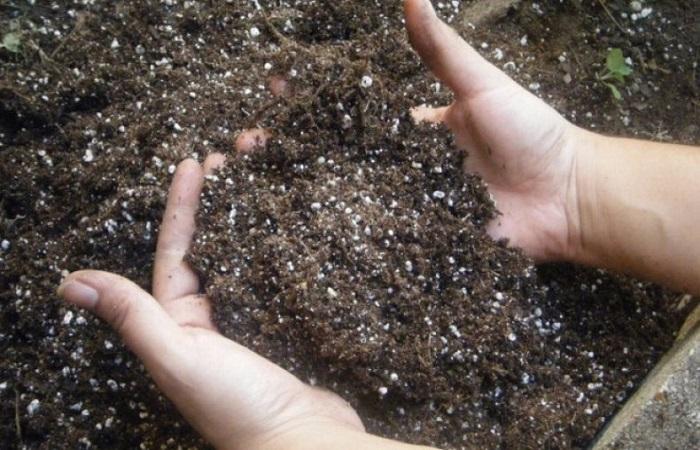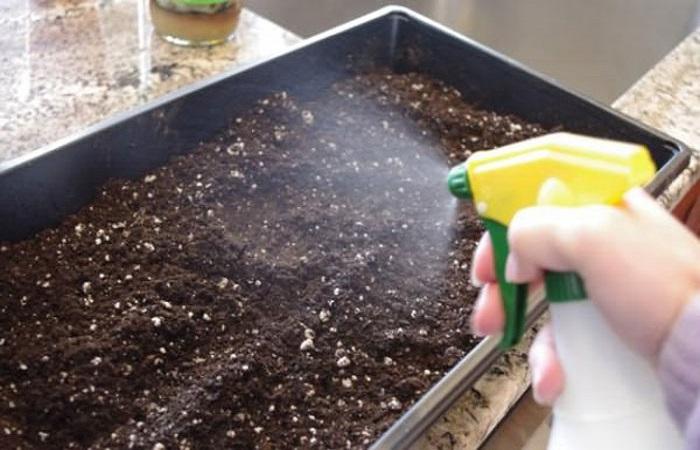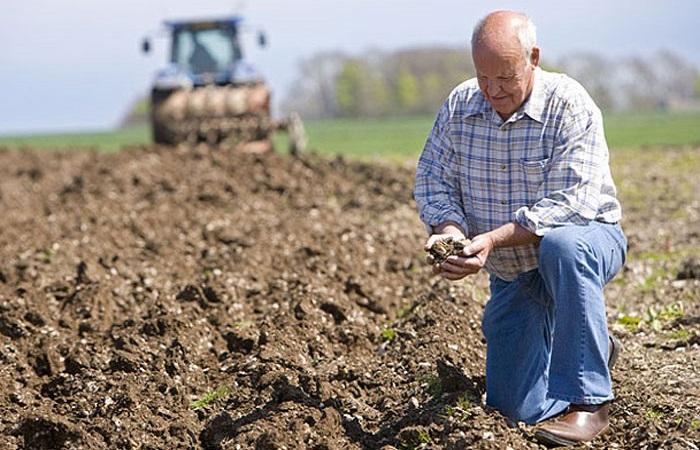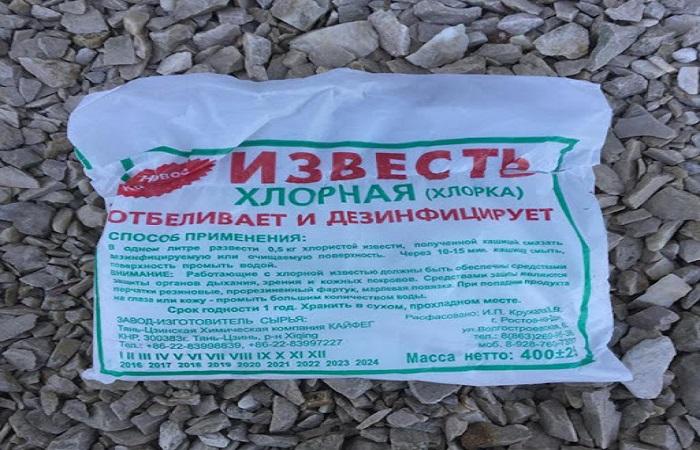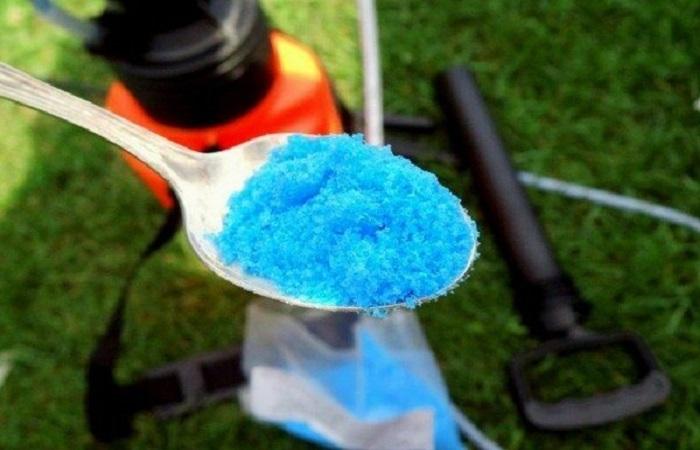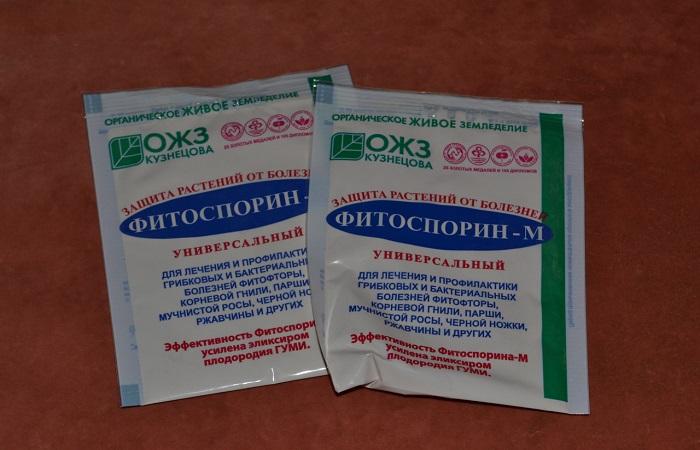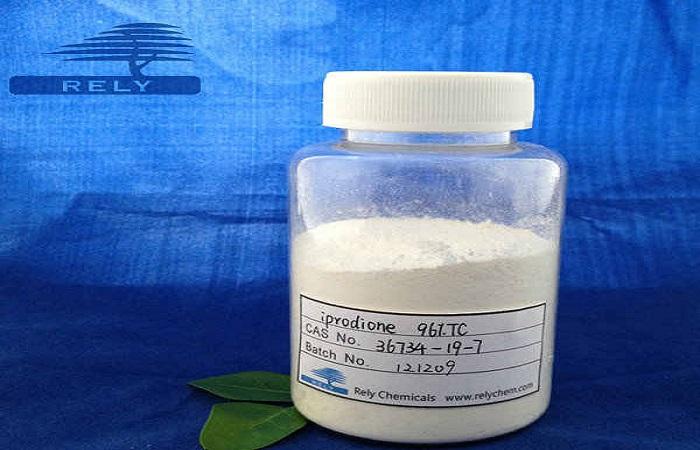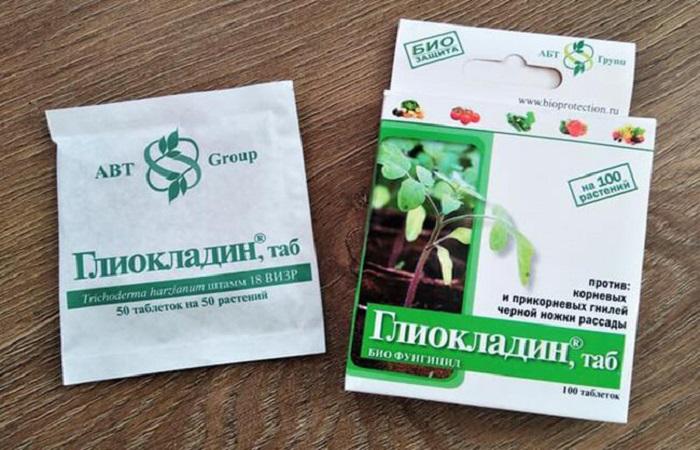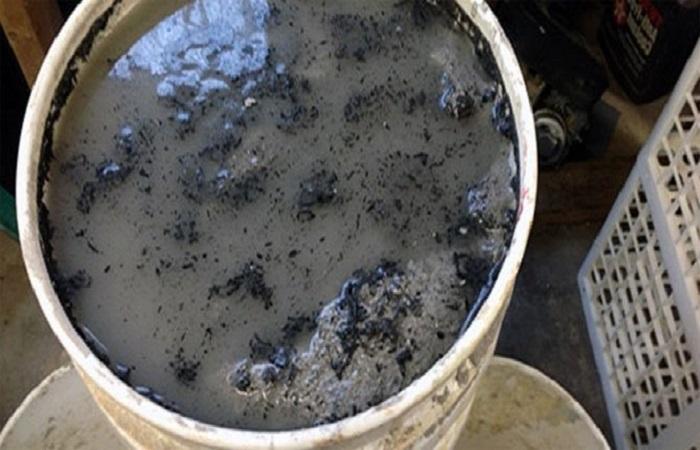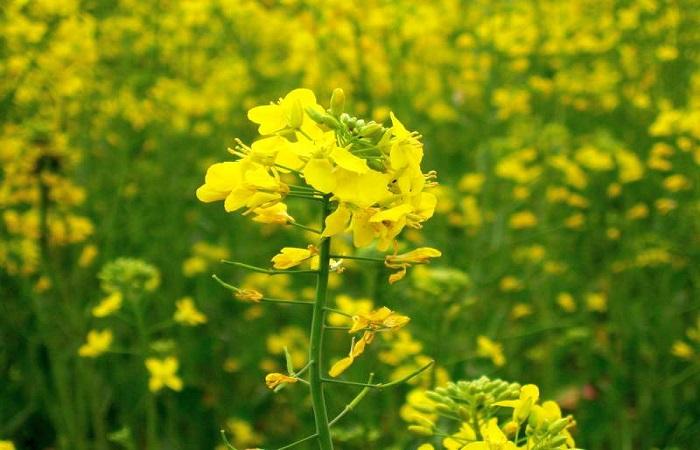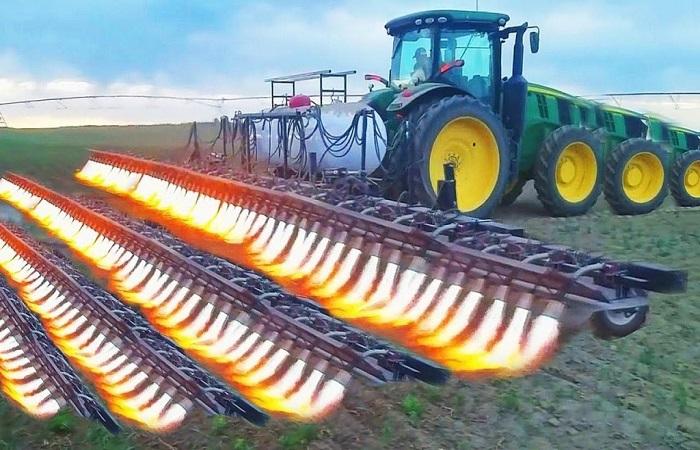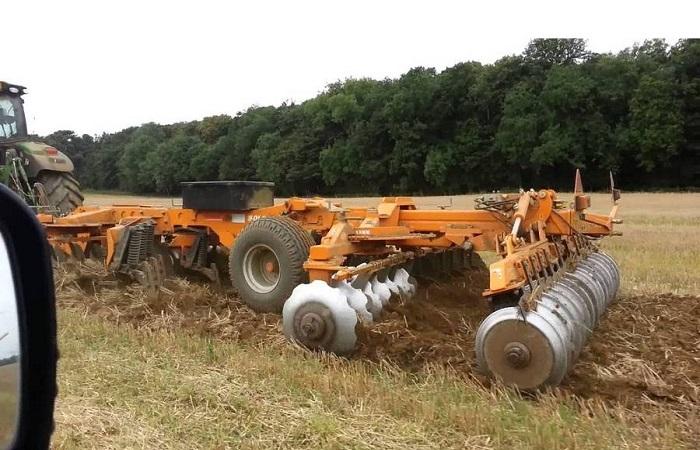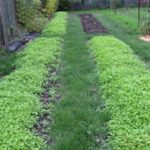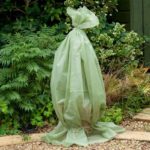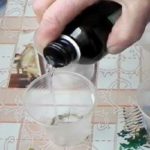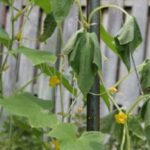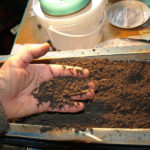If the cultivated plants planted on the site begin to develop slowly and often begin to get sick, the reason lies in the pathogenic microorganisms living in the soil. To avoid such a problem, experienced gardeners recommend periodically treating the soil with disinfectants. Before choosing how to disinfect the soil before planting, it is worth figuring out which method is best suited in a particular situation.
What is it for?
Strong and healthy shoots are the dream of any summer resident who grows fruit crops for his own consumption and subsequent sale on the market. If you do not take preventive measures and do not disinfect the soil on the site from time to time, every year more and more pathogenic microorganisms and pests that are dangerous to seedlings accumulate in it. Completely replacing soil in a garden is an expensive and time-consuming undertaking, so experienced gardeners resort to a procedure such as soil disinfection. This allows, if not completely getting rid of fungal diseases of crops, then significantly reduces the likelihood of infection.
Advantages of periodic soil disinfection:
- strong seedlings that develop well, bear fruit and fully absorb fertilizers from the soil;
- prevention of infection by fungal and bacterial pathogens;
- destruction of weed seeds, which will subsequently choke out cultivated plants;
- reducing the frequency of crop treatments throughout the growing season in order to prevent diseases.
They disinfect the soil not only of garden soil, but also of soil purchased at a gardening store, since fungi and other pathogens may be present there too. It is much more difficult to cure plants from diseases than to take measures to prevent infection before planting in the ground.
To disinfect the substrate, both special chemicals and proven folk recipes are used.
When to carry out work
It is recommended to maintain the soil in the garden in a well-groomed condition throughout the year, and not just when plants are planted in it.But it is most convenient to disinfect the soil in those periods when nothing is growing in it - that is, either in the spring, before planting seedlings, or in the fall, after harvesting. In this case, you can use strong chemicals without worrying that their active substances will get into the fruit and harm your health.
Experienced gardeners disinfect the soil on a schedule, twice a year (spring and autumn). The rest of the time, it is necessary to monitor the condition of the plants - if symptoms of pest or disease damage appear, it is worth carrying out additional soil treatment.
Spring
The first time disinfection of the soil in the garden is carried out with the arrival of warm spring days, before planting seedlings and sowing seeds. Not only open ground soil needs disinfection, but also soil in a greenhouse. As soon as the snow has completely melted, you can begin disinfection. If there are crops on the site that were planted before winter, it is important to have time to carry out all the work before the first shoots appear, and the use of aggressive chemicals in this case is not recommended.
Autumn
After all the harvest in the garden has been harvested, they begin to prepare the soil for wintering. The set of autumn activities includes not only soil disinfection, but also other, equally important procedures aimed at cleaning the soil from pathogenic microorganisms:
- first of all, all annual plants are removed from the site, as well as their remains - tops, straw, fallen leaves;
- All utility rooms and greenhouses are treated with a disinfectant solution;
- carry out a complete replacement of the soil or use chemicals to disinfect it.
Disinfection of soil with special substances
To disinfect the soil in the garden and greenhouse, chemicals are used that are sold in gardening stores. If a summer resident does not want to use aggressive means, there are also biological products on the shelves of retail outlets - they are less effective, but do not harm the environment and human health.
Bleaching powder
If plants on a site are often affected by pests or diseases, it is worth using one of the strongest chemicals to treat the soil - bleach. The drug is produced in the form of a powder, which must be distributed over the surface of the soil (200 grams per square meter) and dug into the ground.
When working with bleach, you must remember: this chemical poses a danger to human health. It is important to use personal protective equipment - overalls, rubber gloves, respirator. Since the drug is toxic to cultivated plants, it is used only before winter so as not to harm the plantings. Despite the high effectiveness of bleach in the fight against pathogenic microorganisms, in recent years gardeners have rarely used it, preferring less aggressive means.
Copper preparations
The soil in the garden is disinfected using copper-based preparations - copper sulfate and Bordeaux mixture. Bordeaux mixture contains copper sulfate and lime; the solution has a bluish tint. You can prepare this drug yourself by following the following instructions:
- Take 100 grams of quicklime, quench it with a liter of water and bring the volume to 5 liters, gradually adding liquid.
- Place 100 grams of copper sulfate in another container and fill it with a small amount of hot water, mix until smooth and add liquid to make 5 liters.
- Both resulting solutions are poured into one container and mixed thoroughly.
It is necessary to use the prepared drug throughout the day; then it loses its working qualities. Bordeaux mixture can be used both in spring and autumn; it is not dangerous for plants.
Copper sulfate not only has fungicidal properties, but also serves as a source of copper for crops. Place a tablespoon of the drug in 10 liters of clean water and mix thoroughly. This solution is used to water the soil in spring and autumn.
"Fitosporin"
A biofungicidal preparation can not only treat seeds before sowing seedlings, but also disinfect the soil, both in the garden and in the greenhouse. The product is produced on the basis of the beneficial soil bacterium Bscillus Subtilis, which improves soil quality and destroys pathogenic microorganisms. In addition to pathogens of fungal and viral diseases, Fitosporin is effective against nematodes, which spoil the root system of plants and lead to their death.
Since the bacterium remains viable in the soil for no more than a month, disinfection of the soil at the dacha is allowed not only twice a year, but also when signs of plant disease appear. Take 5 grams of biofungicide per 10 liters of water and sprinkle the soil with this solution.
Other drugs
In addition to the above chemicals, formaldehyde is used to disinfect soil in the garden. When working with it, you must be careful, as the product is toxic.100 grams of 40 percent formaldehyde are dissolved in 10 liters of water; 2 buckets of solution are consumed per square meter of area. Make shallow grooves (8-12 cm) and pour the resulting liquid into them. When using a chemical in a greenhouse, you must keep the door open to avoid poisoning from the fumes of the substance. Formalin can be applied both in spring and autumn, the main thing is that at least 2 weeks pass before planting.
The drug "Iprodione" in a 2% concentration effectively destroys the pathogens of gray rot and fusarium. It is scattered around the site and dug up along with the soil, both in spring and autumn.
Glyokladin tablets are classified as biological fungicides; they are used both for treating plants and for disinfecting soil. The advantage of the drug is that it can be applied immediately when planting plants; it does not pose a danger to crops.
Another biological fungicide that does not harm plants is TMTD. It is produced in the form of a suspension, dryly distributed throughout the garden and dug up along with the soil.
Also, to destroy pathogenic microorganisms, drugs such as Trichodermin, Baikal EM-1, Alirin-B are used.
The use of folk remedies
It is also possible to neutralize pathogens using folk remedies; they are effective if the soil is regularly cared for. Unlike aggressive chemicals, they do not have a negative impact on the environment and do not accumulate in cultivated plants.
Use one of the proven folk recipes:
- Garlic tincture. One medium head of garlic is crushed and steamed with a liter of boiling water. Put it in a dark place for a week and let it brew. Before use, pour 50 ml of the resulting tincture into 10 liters of water and water the soil.This product effectively destroys pathogens of late blight, spotting and rust, as well as the larvae of small insect pests. The same tincture can be made from onions, which have bactericidal properties.
- Potassium permanganate. Pour 5 grams of disinfectant into a 10-liter bucket of water and stir until the crystals are completely dissolved. About 50 ml of the resulting solution is used per square meter of garden. This product is suitable for disinfecting chernozems and wood-podzolic soils.
- Nettle infusion. 700 grams of fresh nettle are crushed and poured with 5 liters of boiling water. Cover the container with a lid and place it in a warm place to start the fermentation process. After the product has fermented, keep it for another 5 days, after which it is used for its intended purpose. Pour a liter of strained infusion into 10 liters of water and pour it over the soil. You can also use the product during the growing season of plants, pouring it under each bush. Other medicinal herbs have the same properties - marigolds, celandine, calendula.
- Ash solution. Half a kilogram of wood ash is poured with water (5 liters) and placed on high heat. With constant stirring, bring to a boil, turn off the heat and allow to cool slightly. Remove the top layer of the solution and use it to disinfect the soil, diluting it with water in a ratio of 1 to 2.
Plants that disinfect the soil
Green manure plants are able to treat soil and destroy certain pathogens. They are planted either before winter or before the main crops, after which they are mowed and plowed into the soil.
Experienced gardeners recommend planting mustard or radish as a disinfectant plant.Clover and rye are also characterized by disinfectant properties.
Heat Treatment Options
Thermal soil treatment is convenient only if it is necessary to disinfect a small amount of land, for example, for planting seedlings or sowing seeds in a greenhouse.
There are three ways to disinfect soil:
- Freezing. This method is used in winter; the required amount of soil is placed in a canvas bag and taken out onto the street or balcony, and the air temperature should not be higher than -15. Keep the soil in the cold for a week, then bring it into a warm place for a day and again place it outside for 7-10 days.
- Calcination. In order to disinfect the soil using high temperatures, use an oven or microwave. The soil is laid out on a baking sheet in a layer of 5 cm and kept at a temperature of at least 70 degrees for half an hour. During this time, all harmful microorganisms will die.
- Steaming. In this case, the soil is also exposed to high temperatures, only by pouring hot water. After this, the soil will have to be dried by spreading it in a thin layer. You can also place it in a bag and keep it over steam for 30-40 minutes.
Disinfection of soil in a greenhouse
To disinfect soil in a greenhouse, all the same methods are used as for open ground. The only difference is that it is necessary to disinfect not only the ground, but also the entire structure. The fact is that during the season, dust and dirt accumulate on walls and windows, which may contain pathogens. With the arrival of heat, they penetrate the soil and begin to infect plants.To disinfect greenhouses, bleach or copper sulfate is used, and they are treated not only inside, but also outside.
Tillage after
After harvesting, before preparing the soil for winter, it is worth disinfecting the soil, since pathogens have accumulated in it over the summer, which will begin to develop with the arrival of spring. There is no point in hoping that pathogens will die under the influence of cold, since they are located at a considerable depth and are not afraid of frost.
Common mistakes
Novice gardeners, when disinfecting soil, make several common mistakes that negate the results of the procedure and can lead to the death of cultivated plants:
- use preparations for disinfection immediately before planting seedlings or sowing seeds;
- do not adhere to the dosages specified in the instructions;
- do not take into account that some drugs increase or decrease the acidity of the soil;
- do not follow the recipe for preparing folk remedies;
- They only cultivate the soil in the greenhouse, ignoring the structure itself.
Soil disinfection is not a simple procedure, however, if it is performed regularly and in compliance with the rules, it will be possible to increase the volume of harvested crops. Before starting the event, be sure to read the instructions attached to the chemical preparations, and in no case increase the dosage recommended by the manufacturer.

